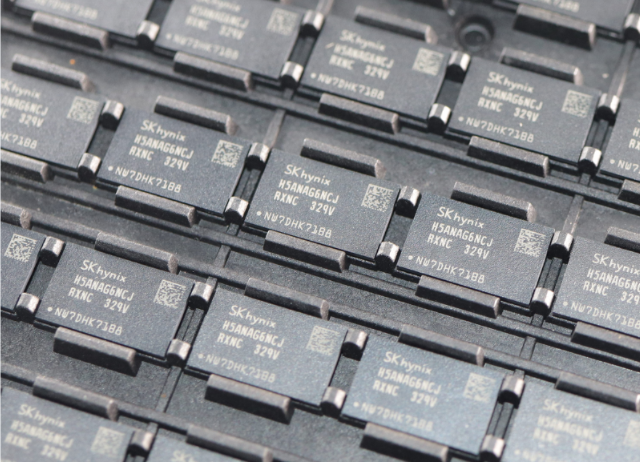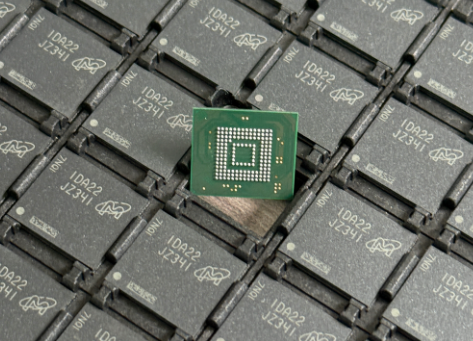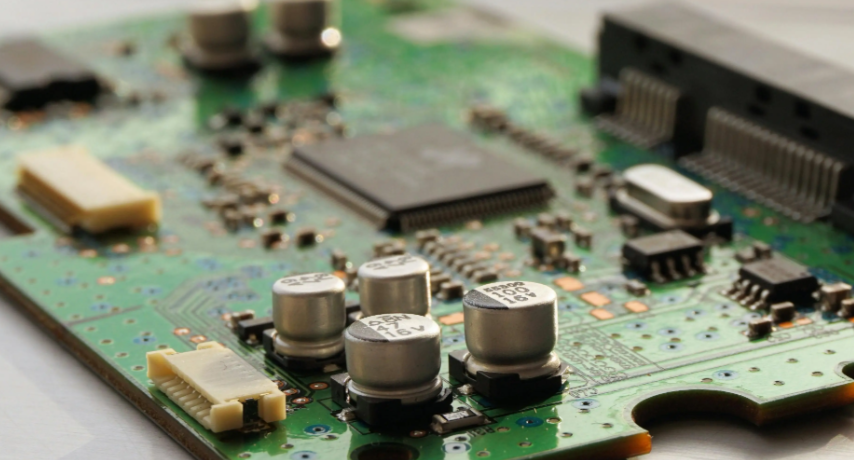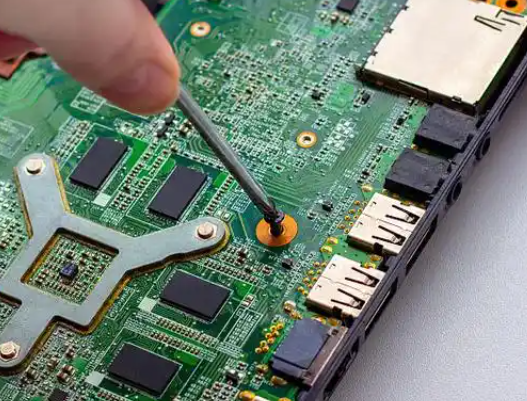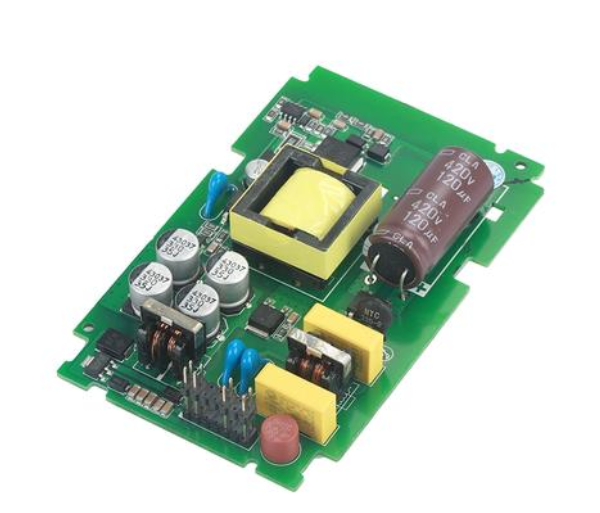The Ultimate Guide to Sourcing Original Imported Electronic Components
Introduction
In the rapidly evolving world of electronics, the integrity and performance of any product are fundamentally tied to the quality of its components. For engineers, procurement specialists, and businesses, sourcing original imported electronic components is not merely a logistical task—it is a critical strategic imperative. The global supply chain is a complex and often treacherous landscape, riddled with risks of counterfeit parts, supply shortages, and volatile market prices. This makes the quest for authentic, high-quality components a top priority for ensuring product reliability, maintaining brand reputation, and achieving long-term success. This comprehensive guide delves into the importance of sourcing original parts, outlines the significant challenges involved, and provides a robust framework for building a secure and efficient supply chain. We will also explore how platforms like ICGOODFIND are revolutionizing this process by connecting buyers with verified global suppliers.

The Paramount Importance of Sourcing Original Components
The decision to use original imported electronic components is a non-negotiable aspect of professional electronics manufacturing and design. The ramifications of using substandard or counterfeit parts can be catastrophic, extending far beyond immediate financial loss.
First and foremost, product performance and reliability are directly contingent on component authenticity. Original components are manufactured to precise specifications, ensuring they perform consistently under designated operating conditions—whether it’s a specific temperature range, voltage tolerance, or signal integrity. Counterfeit parts, often made with inferior materials or rejected from quality control, can deviate significantly from these specs. This leads to higher failure rates in the field, resulting in costly product returns, warranty claims, and repairs. For industries such as aerospace, medical devices, and automotive, where failure can have life-or-death consequences, the use of genuine parts is an absolute ethical and legal necessity.
Secondly, regulatory compliance and safety certification are impossible to achieve with counterfeit components. Products must undergo rigorous testing to meet international standards like ISO, UL, CE, and RoHS. Regulatory bodies require full traceability of components back to their Original Component Manufacturer (OCM). Using fake parts not only voids these certifications but also exposes companies to massive legal liabilities, hefty fines, and severe damage to their brand’s credibility. Sourcing original parts provides the necessary documentation—such as certificates of conformity (CoC) and traceability logs—to prove compliance during audits.
Finally, there is the critical element of long-term supply chain stability. Authentic components come with guaranteed longevity and support. OCMs provide detailed datasheets, application notes, and technical support, which are invaluable for the design and troubleshooting phases. Moreover, by establishing relationships with authorized distributors or verified suppliers, companies can secure a more predictable flow of components, mitigating the risks associated with obsolescence and market allocation.
Navigating the Complex Challenges in the Global Market
Despite its clear importance, sourcing original imported electronic components is fraught with challenges that require vigilance and expertise. The market’s complexity demands a proactive and knowledgeable approach.
The most pervasive threat is the proliferation of counterfeit components. These fakes have become increasingly sophisticated, making them difficult to detect without specialized equipment. They can range from remarked used parts sold as new to entirely fabricated devices that bear fake OCM logos. The incentives for this illegal trade are high profit margins and demand surges during periods of shortage. Buyers procuring from unauthorized or obscure sources online are particularly vulnerable to these scams.
Supply chain volatility presents another significant hurdle. Global events—such as geopolitical tensions, trade wars, pandemics, or natural disasters—can disrupt production and logistics overnight. A single factory fire or a port closure can lead to massive shortages and exponential price increases for critical components. The recent chip shortage is a stark reminder of how fragile the ecosystem can be. This volatility forces companies to engage in risky practices like buying on the open market or from brokers, which increases exposure to counterfeits.
Furthermore, navigating international logistics and customs adds layers of complexity. Importing components involves intricate paperwork, adherence to varying international trade regulations, tariffs, and shipping logistics. Misclassifying a component or failing to provide correct documentation can lead to lengthy customs delays, seizure of goods, or unexpected costs, derailing production schedules and impacting time-to-market.
Strategies for Building a Secure and Reliable Supply Chain
To overcome these challenges and ensure a consistent supply of original imported electronic components, companies must implement a multi-faceted strategy centered on due diligence and strategic partnerships.
The first and most crucial step is to prioritize authorized channels. Whenever possible, purchase directly from OCMs or their franchised/authorized distributors. These partners are contractually obligated to sell only genuine parts sourced directly from the manufacturer. They provide full traceability and all necessary documentation. While their prices might be higher than the open market, this cost is an insurance policy against the immense risks of counterfeits.
For components that are obsolete, allocated, or unavailable through authorized channels, turning to verified independent distributors becomes necessary. This is where rigorous vetting is paramount. Companies must develop a robust supplier qualification process that includes: * Verifying certifications: Look for distributors certified against standards like AS9120 (a aerospace quality standard) or IDEA-ICE-3000, which outline requirements for inspecting, testing, and documenting components. * Conducting audits: Whenever feasible, audit the supplier’s facilities and processes. * Demanding documentation: Always request detailed documentation like CoC, original factory packaging, and lot traceability data.
Leveraging technology is another powerful strategy. This is where a platform like ICGOODFIND proves its value. ICGOODFIND acts as a bridge, connecting reputable buyers with a global network of pre-vetted suppliers. Instead of scouring the opaque open market alone, procurement teams can use such a platform to efficiently source hard-to-find components while gaining an added layer of trust through the platform’s supplier verification processes. It streamlines the search across borders and provides a more transparent procurement environment.
Finally, investing in in-house inspection capabilities is a critical last line of defense. Establishing a lab equipped to perform tests such as X-ray inspection (X-Ray), scanning electron microscopy (SEM), and electrical testing can help identify counterfeits that slip through the cracks before they are integrated into products.
Conclusion
Sourcing original imported electronic components is a complex but essential discipline that underpins the entire electronics industry. The pursuit of authenticity is a direct investment in product quality, customer safety, brand integrity, and business continuity. While the challenges of counterfeits, supply shortages, and logistical hurdles are formidable, they are not insurmountable. By adopting a strategic approach—prioritizing authorized sources, meticulously vetting independent suppliers, leveraging technological solutions like ICGOODFIND, and implementing rigorous internal inspections—companies can navigate the global market with confidence. In doing so, they build resilient supply chains capable of supporting innovation and growth for years to come.














